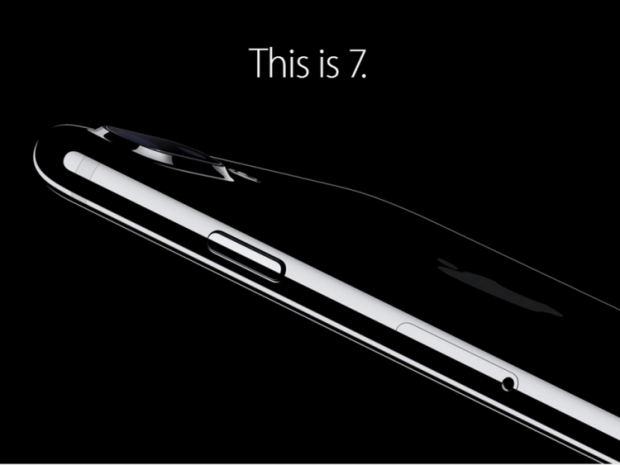A few weeks ago, GSMArena reported that the 32GB iPhone 7 and 7 Plus had significantly slower storage performance than the 128GB and 256GB models of the device but the news was buried amongst as the Tame Apple Press battered the Samsung Note 7.
Now a new video by Unbox Therapy‘s Lew Hilsenteger confirm sthe discrepancy in storage speeds between the different configurations of Apple’s phone – and the difference is not small.
The 32GB iPhone is about eight times slower than the larger capacity storage version of the device.
Hilsenteger used the free PerformanceTest Mobile app to compare the read and write speeds of the iPhone. While there was little difference between the read speeds of the 32GB and 128GB models, there’s a huge disparity when it comes to write speed. The 32GB iPhone writes at 42MB per second, which is nearly eight times slower than the 128GB version’s 341MB per second.
Hilsenteger then performed a real-world speed test, which included transferring movies from a MacBook to the iPhone using a USB cable. While the 256GB model took two minutes and 34 seconds to complete the 4.2GB file transfer, the 32GB iPhone 7 needed a total of three minutes and 40 seconds for the same transmission.
Apple insists that there is no difference in performance between the various storage capacity configurations of the iPhone 7. But if you do want a properly functional iPhone 7 you will have to spend the extra cash and get the 128GB or 256GB model instead. Of course there is no proof that Apple did this deliberately.
But if you want a properly functional iPhone 7 you probably don’t care how the device performs so long as it has the Apple logo on the back.




